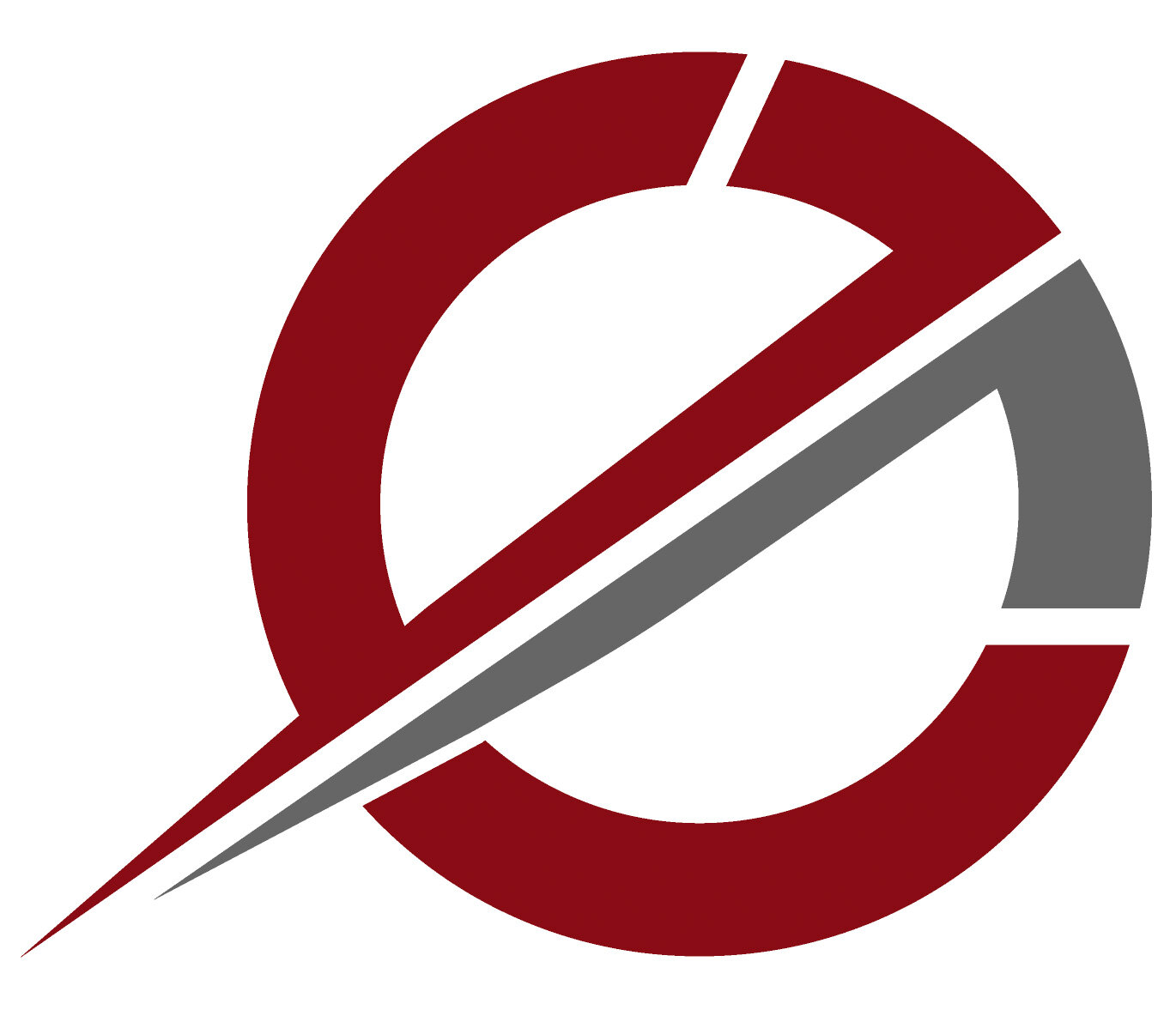What does one year of COVID-19 mean for education? The short- and long-term impact.
As we entered the second half of the school year in 2020, we had no choice but to adapt to the pandemic context or take the risk of dying. The 13,000 school districts turned into crisis mitigation mode and came up with their standards to protect their communities and continue to serve students. As children are on the bottom of the list to get vaccinated, it shouldn't be a surprise to enter the 2021-2022 school year still in pandemic mode.
The immediate solution to mitigate the lack of in-person learning has been virtual classes. Although a feasible solution, it is the first hurdle that separates the haves and have-nots. Virtual classes require technology and Internet access at home, limited to 45% of the country's K-12 student population. Add to this issue teacher readiness on the appropriate use of technology, which they had to learn along the way.
We are starting to see the results one year into the pandemic. Many school districts report a double increase in middle and high-school students' failure, compared to 2019. If low-income areas were already disadvantaged before COVID-19, they will be affected even more in the years to come.
A study from The Brookings Institute reveals the economic impact on American students and the country's economy: a present value of $33,464 in earnings losses in a 45-year working life for students, and a $2.5 trillion for four months of lost education for the country. This means 12.7% of the U.S. annual GDP.
Along with diminished earnings and school failure come the emotional impact of isolation and, many times, the source of food for low-income children. According to the CDC, suicide rates among 15 to 24-year-olds increased by 57.4% from 2007 to 2018. In 2020, 25.5% of this same age group seriously considered suicide, from 10.7% in 2018. To worsen things, if prison systems forecast the need for space by 4th graders failing in reading and math, we should see an increase in the school-to-prison pipeline because of this pandemic.
At this point, we have two choices: (1) keep doing what we are doing and pray to get back to "normal" as soon as possible; or (2) take advantage of the crisis and introduce a solution once and for all. There is no lack of solutions in this country and plenty of research to rely on. The challenge is to have a systematic approach to rolling out a pedagogical solution at the country level.
That is precisely what I share in my book Becoming Einstein's Teacher: Awakening the Genius in Your Students: a pedagogical framework to scale habits of autonomous learning with students, which will serve them well whether in school or at home, with or without technology, in low- or high-income areas, with this or that curriculum. It starts from what all students have: a brain. In my book, I share details of the Relational Learning Framework, enabling teachers to personalize their students' learning experience in just six steps.
The Relational Learning Framework has been the center of my organization's practical research and development for the last ten years. We have worked with private and public schools worldwide and seen how they have achieved outstanding results: an average of 40% per year in reading and comprehension improvement, students finishing one full grade 10% faster, and 100% of curriculum coverage. Moreover, the Relational Learning Framework fosters students' intrinsic motivation, which is necessary to continue learning regardless of the context. Students take an average of eight weeks to get used to the framework, which considerably speeds up its scalability.
I am aware that there are various issues we must address while in this pandemic. The Relational Learning Framework addresses the intellectual, socioemotional, and personal aspects of a student's schooling experience, which I explore in detail in my book. Imagine if we could take advantage as a nation and improve students' reading and comprehension. We would address learning right now and socioeconomic issues for this generation.
"'It’s impossible,’ said pride.
‘It’s risky,’ said experience.
‘It’s pointless,’ said reason.
‘Give it a try,’ whispered the heart.” —Unknown

